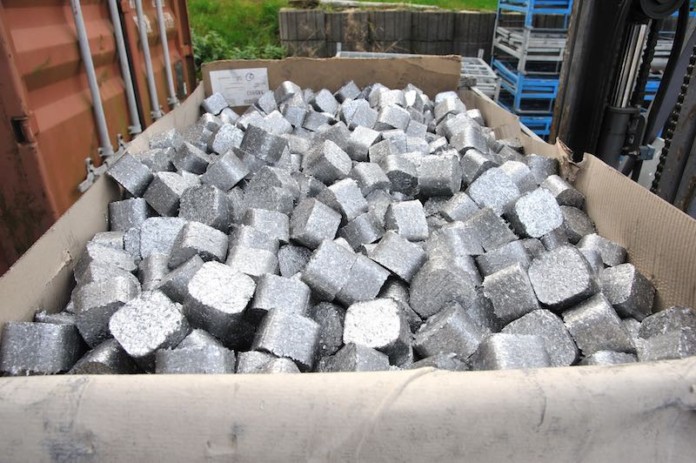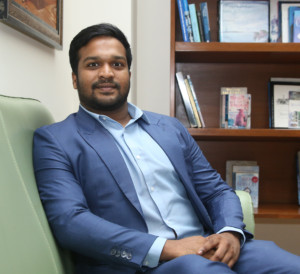In just over three years of inception in 2017 the Runaya Group has become one of the fastest growing start-ups to convert waste from aluminium plants into useful products for refining steel in India.
India’s aluminium production currently is around 4 million tons, which means around 60,000 tons of aluminium dross (waste) is generated annually. Considering the global scenario, the market size for aluminium dross processing is around 1,000,000 tons, with a CAGR of 6%. This essentially means half a million tons of dross goes into landfills annually, which is what Runaya is striving to eliminate.
The Runaya Group is run by next-generation entrepreneurs from the Vedanta Group. They are out to disrupt the linear economy model currently existing in the resources industry and usher in a circular economy model.
Says Annanya Agarwal, Co-Founder and CEO, Runaya, “One of our foremost objectives is eliminating landfills caused due to dumping of mineral waste, which is a real threat to our natural ecosystem. Processing metal from ore generates worthless by-products, such as dross, scrap, etc., and globally around 174 billion tons of mineral waste is generated every year. It is worth noting that currently just about 40% of the waste is processed, which means that a whopping 100 billion ton of mineral waste is dumped in landfills every year!”
He adds, “It is imperative to move away from this linear economy model currently existing in the industry. Runaya is aiming to disrupt this to a circular economy model, with a focus on sustainable solutions. We need to find ways and means to maximize productivity in the resources sector and increase recovery of metal through efficient waste processing, thereby reducing the burden ending up at landfills. Runaya is using green technology to convert waste into value added products, thereby converting ‘waste to wealth’, with zero-waste and zero-discharge.”
Currently Runaya is operating in Vedanta’s aluminium facility at Jharsuguda, Odisha, 100% of aluminium dross is processed into value-add products. Runaya has implemented an innovative and sustainable model to eliminate waste and recover metal through a patented cutting-edge technology – a 3-stage process (hot processing, cold processing, and slag conditioning) to process the mining waste and maximize metal recovery. “Through this technology, which ensures 100% utilization of waste, we are striving to disrupt the resources industry – currently even the best practices in the industry can only process 50% of waste,” Ms Agarwal wrote in a note sent to SustainabilityNext.
Highlights
- Enhanced recovery of aluminium from the dross to the extent of 90% of the available metal
- Utilizing existing energy in freshly skimmed dross leads to significant savings in energy consumption
- Environmental and people safety due to avoidance of direct disposal of dross in landfills
- Depleted dross is used to manufacture value added products for the steel industry, which reduce carbon footprint of steel manufacturing
- Created energy savings to the tune of 800,000 GJ and reducing CO2 emissions in excess of 260,000 tonnes, annually.
By-products The depleted dross is used to manufacture briquettes that are used in secondary refining of steel, with significant reduction in power consumption and increased refractory life, thus improving sustainability. These briquettes are alumina based steel slag conditioner formulated to improve the cost economics of steel production while at the same time providing a host of other quantifiable benefits.











